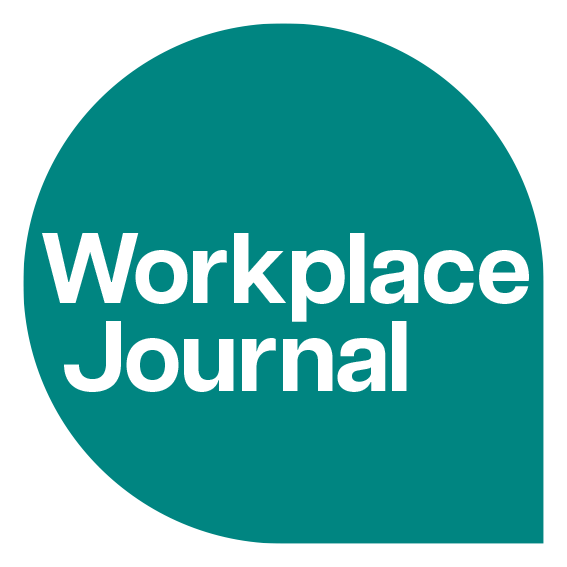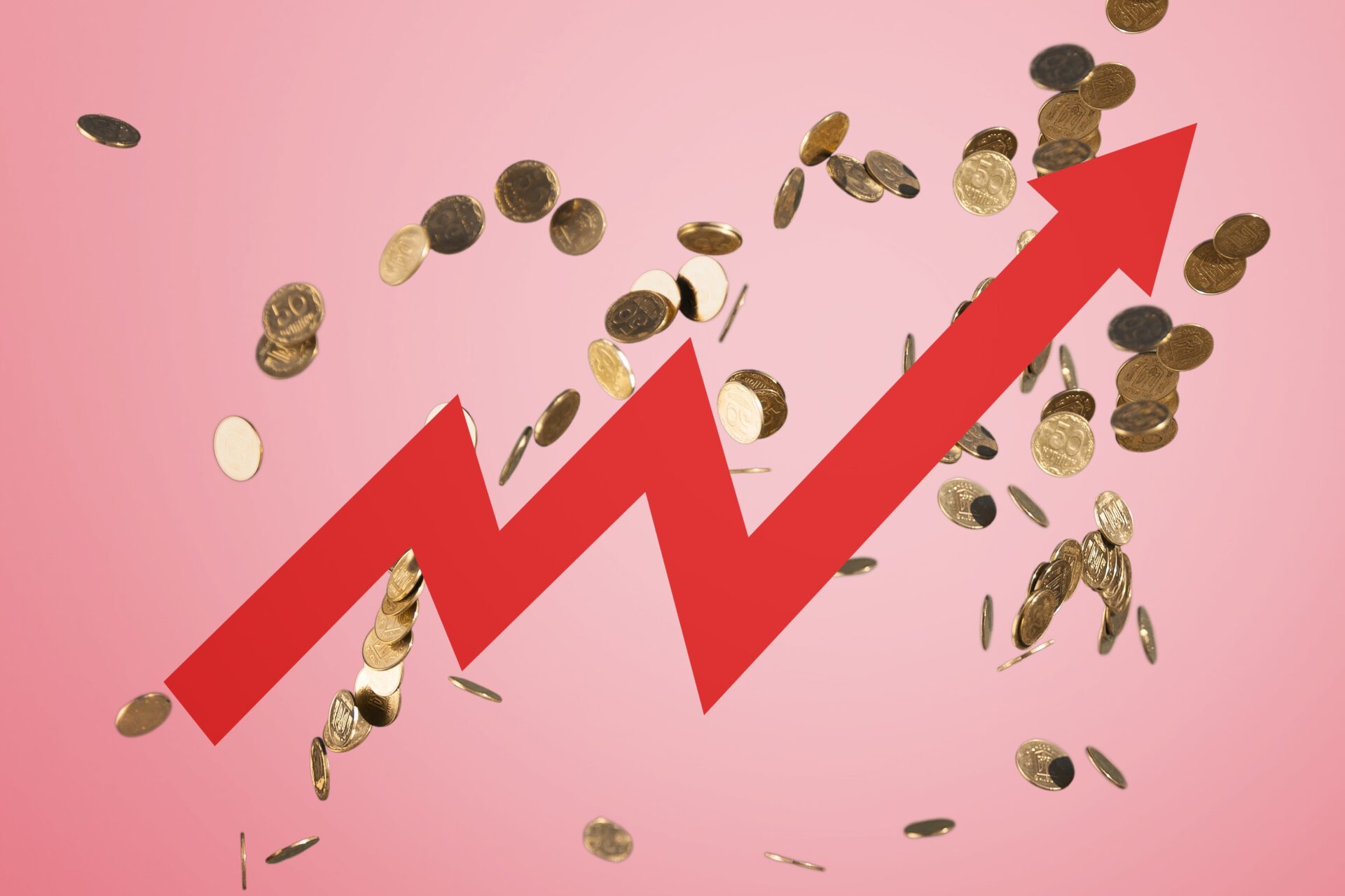Private sector pay increases held steady at a median of 4.0% in the three months to January 2025, but the median pay award for the whole economy fell to 3.5%—its lowest level since March 2022, according to the latest figures from Incomes Data Research (IDR).
The drop in the overall median from 4.0% in December has been influenced by a smaller proportion of pay rises between 4% and 4.99%, with less than a third (31%) of increases falling into this bracket, down from 39% in December.
At the same time, pay awards between 3% and 3.99% have become more common, rising from 33% to 41%.
In the private sector, the proportion of pay rises worth 5% or more increased from 14% in December to 17% in the latest period, pushing the upper quartile of awards from 4.0% to 4.5%.
These shifts have been largely driven by the manufacturing sector, where the upper quartile now sits at 4.5%, up from 4.3%.
January is a key month for pay deals in manufacturing, contributing to the overall stability in the private sector median.
Despite the decline in the overall economy’s median, pay awards remain above the current rate of CPI inflation, which stood at 3.0% in the year to January 2025.
However, inflationary pressures and the forthcoming rise in the National Living Wage (NLW) could influence future pay settlements.
The NLW is set to increase by 6.7% in April, bringing the minimum rate for workers aged 21 and over to £12.21 per hour.
This change is expected to impact pay at firms where most employees are either on the statutory minimum or just above it.
The latest pay settlement figures are based on a sample of 68 awards effective between 1 November 2024 and 31st January 2025, covering nearly 300,000 employees, mostly in large private sector organisations.
Very few public sector awards are included in the sample, meaning the results predominantly reflect private sector trends.
Pay awards in the not-for-profit sector remain lower, with a median of just 3.0%, contributing to the wider economy’s median slipping below the private sector figure.
Zoe Woolacott from IDR commented: “The whole economy median may rise again by April due to the influence of the forthcoming uplift in the NLW and the uptick in inflation could also play a role.
“Wage rises tend to lag behind inflation, and so the former may eventually follow the upward trend in the latter, depending on the extent of any rise in inflation.”














